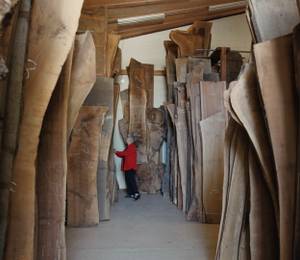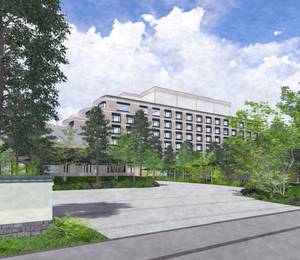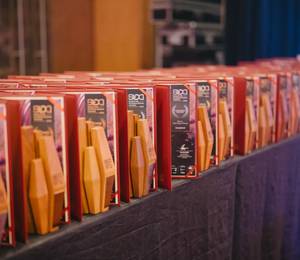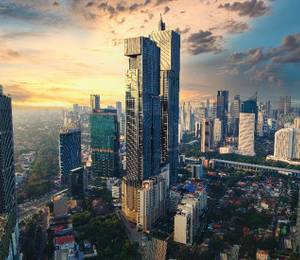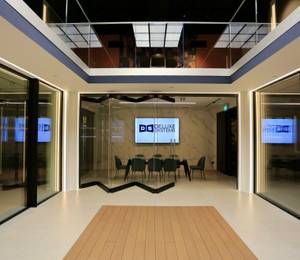Paris, France – Lemoal Lemoal Architectes has just delivered the new changing facilities of the Garden Tennis Club of Cabourg. This new construction, part of an overall site renovation program, further enhances the quality upgrading of the offering at the Garden Tennis Club of Cabourg, which is now part of the Circuit National des Grands Tournois de tennis (CNGT, or the French National Tennis Tournament Circuit). Firmly anchored in their location, these facilities are an example of a traditional building technique, half-timber construction, implemented in a contemporary way.
Special attention has been given to this small scale building, designed to house the changing facilities and lavatories of the tennis complex, in order to ensure it harmoniously blends in with its surroundings. This is achieved through a demonstration of the contemporary relevance of half-timbering, a traditional Norman structural principle. This type of construction presents the added benefit of a sustainable reliance on local companies, materials and skills. Here, the terracotta roof tiles were manufactured in Bavent, a town close to Cabourg.
The project uses the same building principle for the façade as in the half-timbered architecture of Normandy. Here, the solid wooden beams and studs, characteristic of this structural technique, are optimised and highlighted by the interplay of volumes. The wooden sections are left empty whereas the entire system of waterproofing, insulation and carpentry are placed inside the structure.
Structure and water-resistant skin are distinct in this project. A double skin made of exposed polycarbonate, installed inside the wooden sections, forms a light box directly inserted in the structure. The material quality of the translucent polycarbonate surface used in this project ensures consistent luminosity throughout the changing rooms while also increasing its visibility on the site. Thus, the wood on the façades is highlighted by the artificial interior lighting.
